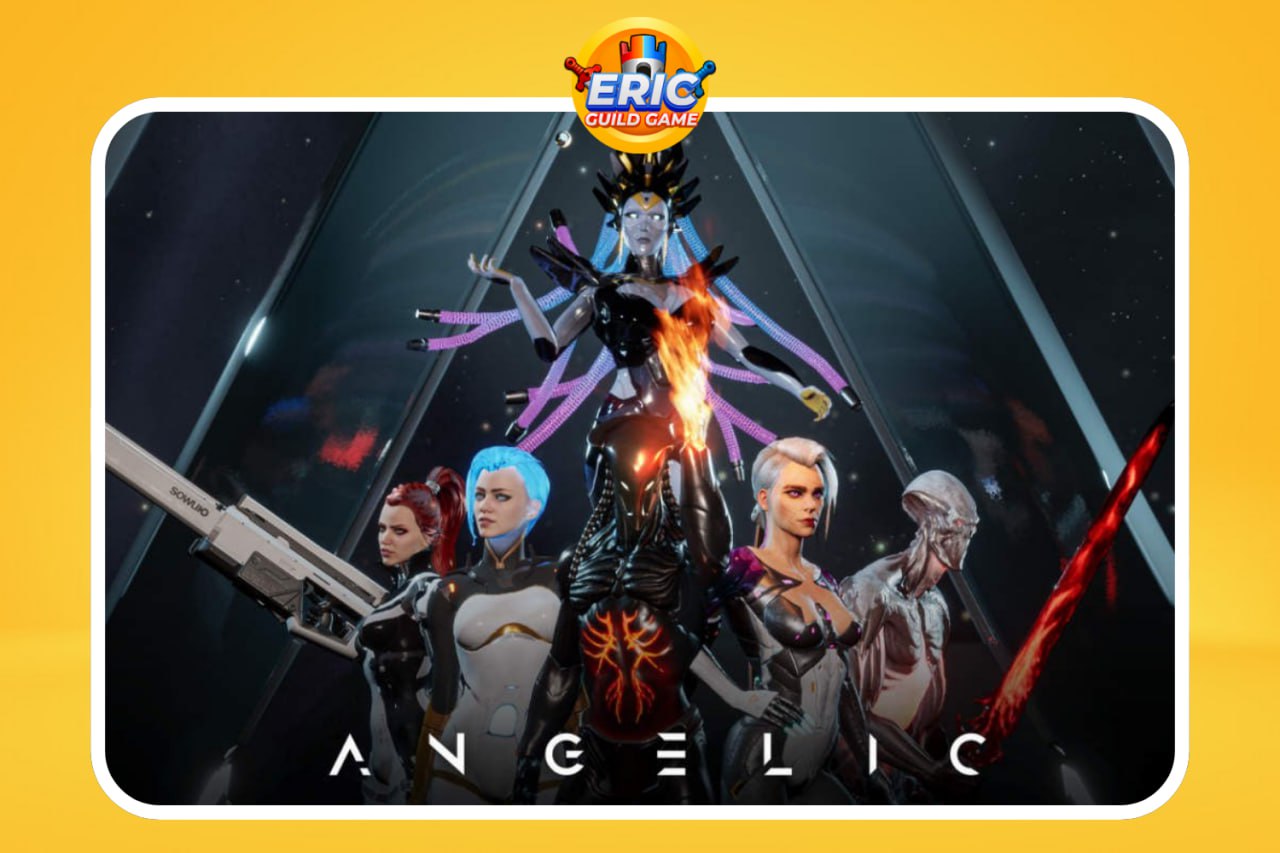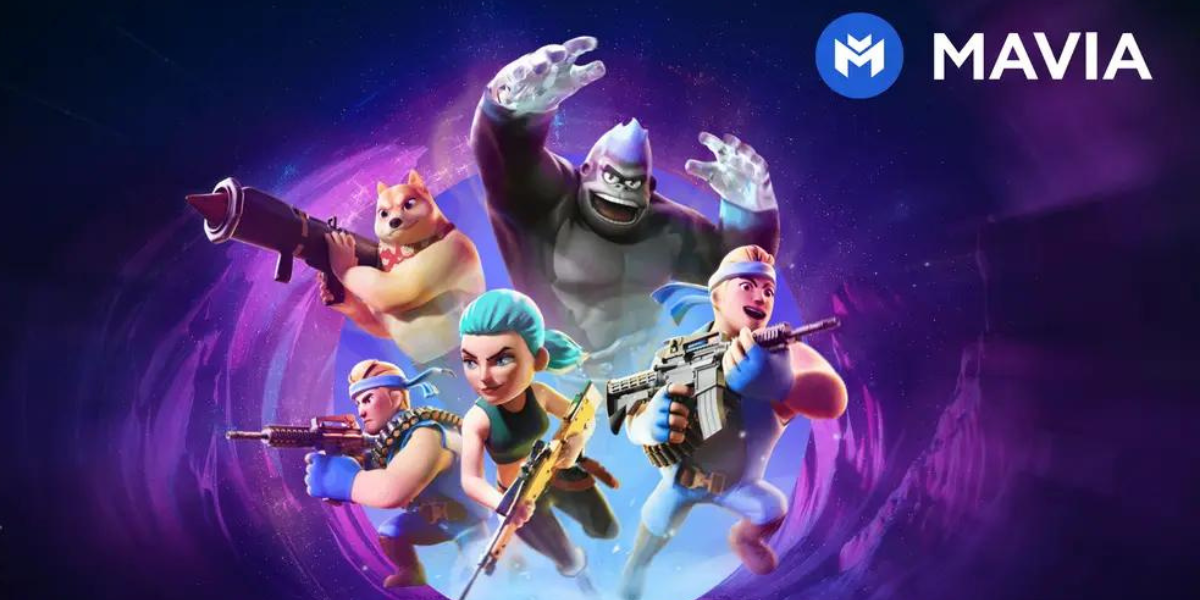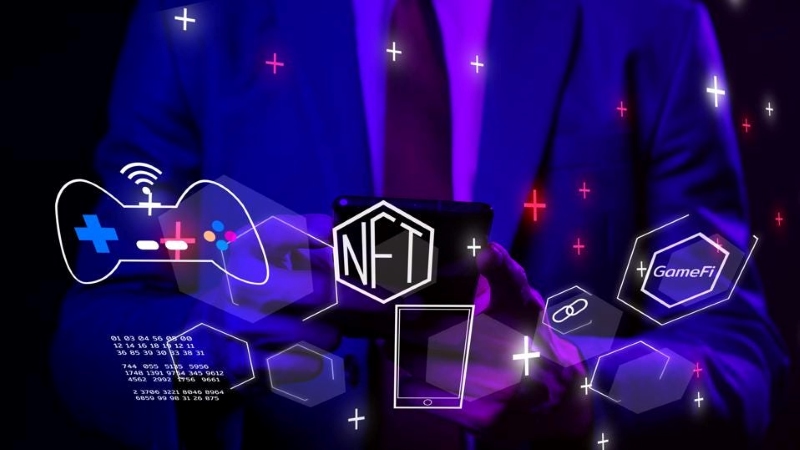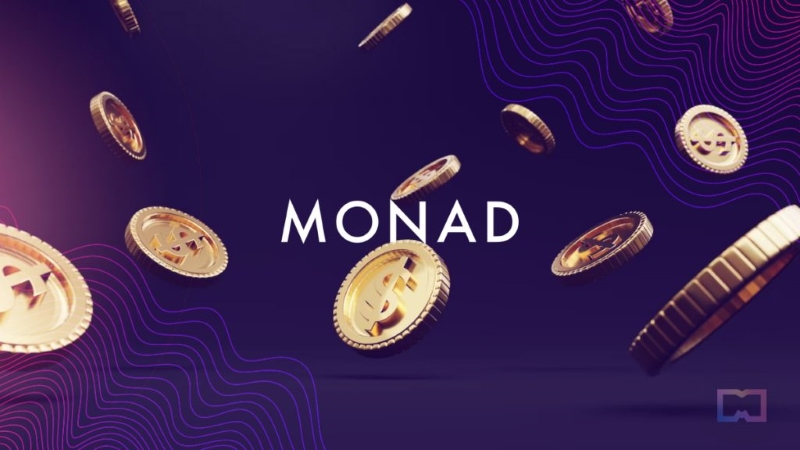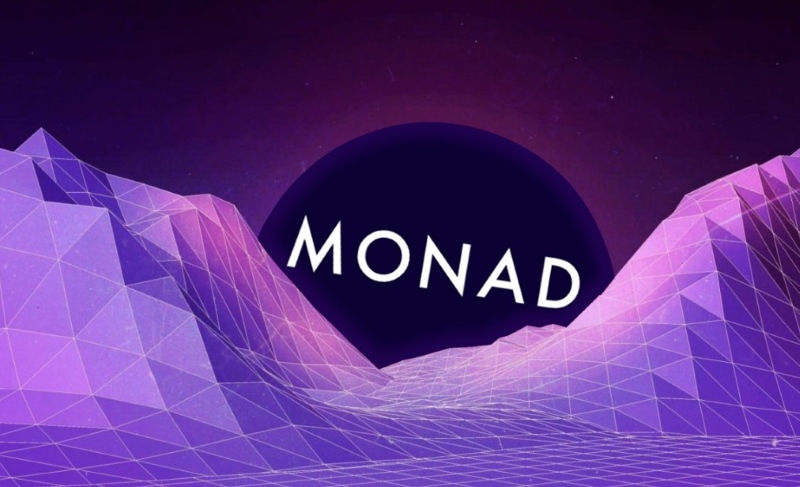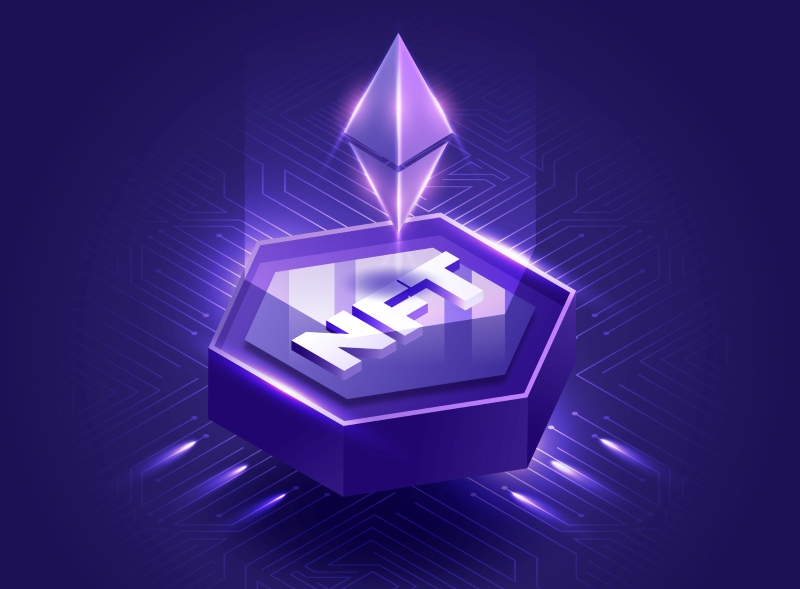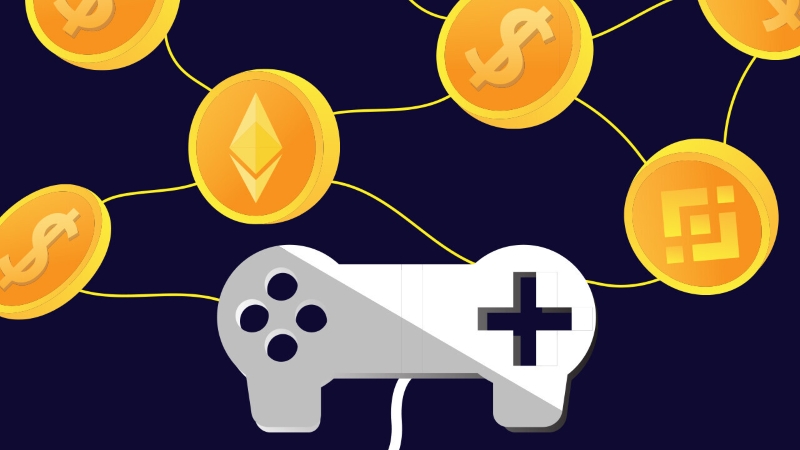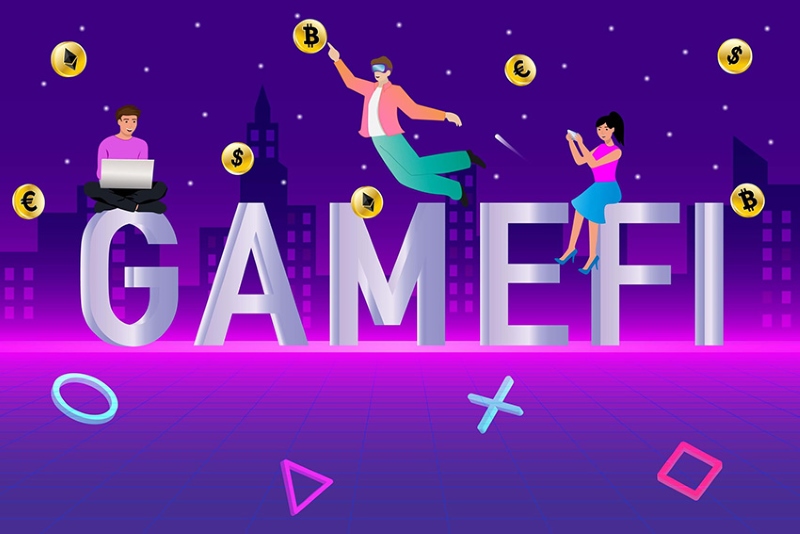What is nft gaming? Discover how blockchain-based games combine digital ownership, play-to-earn models, and innovative technology to transform the gaming landscape.
What is nft gaming?
Token and NFT
Before find out what is nft gaming, player need to be familiar with two main components: token and NFT
- Token
Tokens are the primary form of “currency” in blockchain games, commonly referred to as in-game digital money.
Players can acquire tokens from the game issuer during a fundraising period at a lower price, with a limited supply of tokens, or purchase them after the Token Generation Event (TGE) on Centralized Exchanges (CEX) or Decentralized Exchanges (DEX) at market-driven prices. Players may also earn additional tokens through gameplay as rewards, which are usually not capped and depend on specific in-game challenges.
Tokens are typically tied to a cryptocurrency that the game’s blockchain is built on. Most crypto projects operate their own assets rather than relying on the coin or assets of other projects (non-native systems).
To obtain tokens in the game, players must use a wallet that supports the blockchain the game is built on. Afterward, they can purchase tokens from a DEX or transfer them from a CEX to their personal wallet. Then, they need to deposit the tokens into the game through a Bridge to have them credited to their in-game account.
- NFT
NFT is an acronym for “Non-fungible Token”. In the context of blockchain games, NFTs are typically digital items within the game, such as main or secondary characters, vouchers, or certificates, that players must buy using tokens.
NFTs are generally made available for sale to all players, without requiring any special conditions
What is nft game
What is a blockchain nft game? It is a unique genre of blockchain-based games where Non-Fungible Tokens (NFTs) play a pivotal role in both gameplay mechanics and the game’s economic framework. This innovative approach is a distinctive segment within the broader cryptocurrency gaming industry.

In these games, NFTs serve as digital tokens that represent in-game assets issued by developers. These tokens provide players with verifiable ownership of the items they acquire during gameplay, ensuring authenticity and scarcity.
The NFT gaming industry stands out as a specialized sector that leverages blockchain technology to create and manage unique digital assets. By integrating NFTs, these games enable players to own, trade, and showcase in-game items in a transparent and decentralized manner.
When did NFT games emerge?
The concept of NFTs can be traced back to 2012 when Yoni Assia introduced “Colored Coins” on the Bitcoin blockchain. This innovation laid the groundwork for decentralized tokens, enabling users to own digital assets in an exclusive and verifiable way, much like modern NFTs.
In 2017, the gaming world saw the launch of CryptoKitties, widely regarded as the first-ever NFT game which defined what is an nft game. It allowed players to create and trade one-of-a-kind virtual cats. Some of these unique digital pets fetched impressive prices, driving immense popularity for the game. However, its sudden success also overwhelmed the Ethereum blockchain, causing significant congestion. Over time, the game’s initial appeal began to fade.
Following this, Axie Infinity, developed by a team from Vietnam, became a game-changer in showcasing what is nft in gaming again. This innovative title introduced a play-to-earn model, allowing users not only to engage in battles but also to earn real income through gameplay. Axie Infinity’s immense success helped propel the NFT gaming industry into the mainstream, attracting millions of new users and sparking rapid growth across the market.
What is a gaming nft characteristic?
NFT games come with several distinctive characteristics that set them apart from traditional gaming models:
- Indivisible and Unique Assets
NFTs are inherently indivisible, meaning they cannot be broken down into smaller units. Each NFT corresponds to a specific in-game item or asset that is entirely unique and irreplaceable. This exclusivity ensures that these digital assets cannot be duplicated or exchanged on a one-to-one basis.
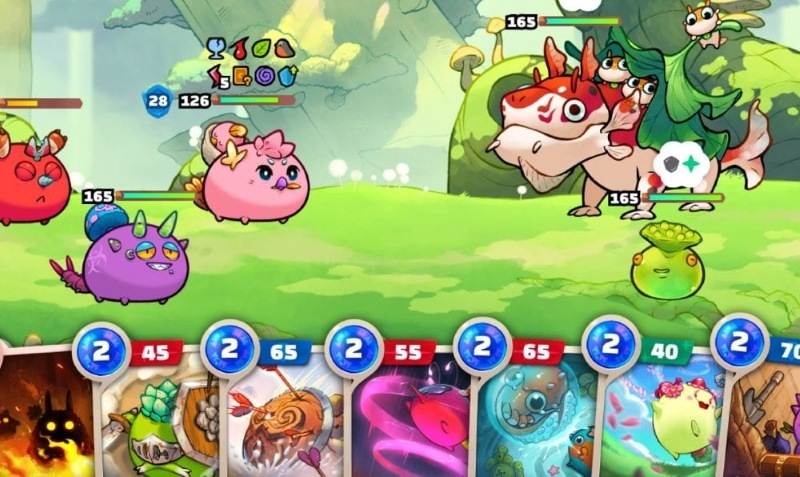
- Ownership and Authentication Verification
Every NFT includes a distinct identifier, making it easy to verify ownership and authenticity. This feature is especially appealing to collectors who value owning exclusive and one-of-a-kind digital items. The blockchain technology underpinning NFTs ensures these identifiers remain tamper-proof. - Scarcity and Value
Rarity is a defining factor in the value of many NFTs. The more limited an NFT is, the higher its perceived worth during transactions. However, if this rarity diminishes over time, its value may decrease significantly. Thanks to blockchain technology, each NFT’s transaction history is publicly accessible, offering buyers transparency and insights into its origin and ownership.
How NFT games stand apart from traditional gaming
NFT games introduce innovative features that distinguish them from conventional gaming, with differences spanning technology, asset ownership, earning potential, and interoperability. If you’re considering diving into NFT-based gaming, it’s essential to grasp these distinctions to decide whether it aligns with your interests.
Advanced Technology and Decentralized Control
A defining aspect of NFT games is their foundation on blockchain technology, setting them apart from the centralized nature of traditional gaming. This decentralized structure empowers players by offering unique opportunities for involvement in shaping the game’s future through decentralized autonomous organizations (DAOs) and on-chain voting systems.
Smart contracts, which are self-executing codes on the blockchain triggered by predefined conditions, enable transparent governance and decision-making within these games. This gives players a say in game development and fosters a community-driven experience. In contrast, traditional games follow a top-down model where developers retain full control over gameplay and user engagement.
True Ownership of In-Game Assets
NFT games revolutionize asset ownership by allowing players to truly own their in-game items. These items, existing as NFTs (non-fungible tokens) on the blockchain, can be traded or sold on NFT marketplaces, giving them value beyond the confines of the game.
In traditional games, however, players only hold temporary access to assets, which are entirely controlled by the developer. As a result, these assets lack any value or utility outside the gaming environment.
Play-to-Earn (P2E) vs. Pay-to-Play Models
One of the most appealing features of play-to-earn nft games is the Play-to-Earn (P2E) model. This approach rewards players for their time, effort, and contributions within the game, often in the form of tokens or NFTs that can be converted into real-world currency. By progressing in the game, players can generate tangible income.
In contrast, traditional gaming relies on a Pay-to-Play or freemium model, where players invest money to unlock levels, items, or features. However, these purchased assets typically hold no monetary value outside the game and cannot be resold for profit.
Interoperability Across Games
NFTs act as digital assets stored in players’ web3 wallets, making them portable and usable across different blockchain-based games. With the advancement of cross-chain messaging and NFT bridging tools, interoperability is becoming more accessible, allowing players to use their assets across multiple gaming ecosystems.
Conversely, conventional games restrict in-game assets to their specific platforms, rendering them non-transferable and irrelevant outside the game. This limitation underscores the closed nature of traditional gaming compared to the open possibilities of blockchain-based games. You should follow blockchain gaming news to not miss the latest updated information.
What is NFT gaming in terms of its pros and cons?
Advantages
NFT games provide several unique benefits, making them appealing to a wide audience. So what is NFT gaming advantage? These games enable players to own digital assets and actively engage with monetized applications.
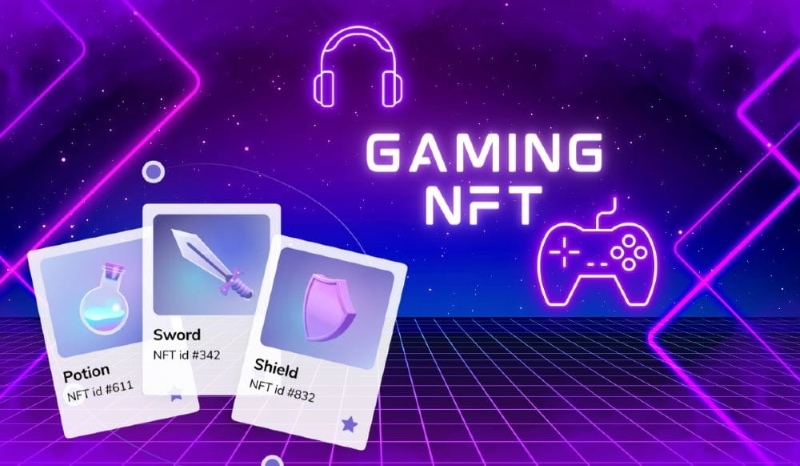
- Asset Ownership: Players gain full ownership of the in-game items they acquire. These items, often represented as NFTs, are securely stored on the blockchain, ensuring transparency and permanence.
- Exclusivity: Each NFT is distinct, possessing unique characteristics that cannot be replicated. This exclusivity contributes to their scarcity and enhances their perceived value.
- Cross-Platform Interoperability: NFTs can often be utilized across various games and platforms, improving their functionality and increasing their overall worth. This feature also enhances NFT liquidity, making it easier for players to trade their assets.
Moreover, many NFT-based games operate on play-to-earn models, offering players opportunities to generate income. This economic structure is particularly appealing in markets where traditional gaming has reached a saturation point, drawing more users into the ecosystem.
These benefits have significantly influenced the demand curve, driving NFT prices higher over time. Statistics indicate that the global NFT market is projected to grow at a CAGR of 39.6% during the forecast period, with revenue surging from USD 340.0 million in 2020 to an estimated USD 357,316.3 million by 2030. Enthusiasts of digital collectibles and the GameFi model are eagerly anticipating the rise of even more NFT-based games.
Disadvantages
While the advantages are promising, NFT games also come with notable drawbacks that players should consider.
- Uncertainty and Discontinuation Risks: As a relatively new industry, NFT gaming is prone to volatility. If a game is shut down, the associated NFTs lose their value, as their worth depends on the ability to trade them within the game’s ecosystem.
- Profit-Driven Participation: Many players and even developers enter the NFT gaming space primarily for financial gain. This can lead to games that fail to meet player expectations or prioritize profits over user experience.
- Variable Asset Valuation: The value of NFT assets is influenced by several factors, such as rarity, the popularity of the game, and community engagement. Additionally, external factors like cryptocurrency market fluctuations can significantly impact their value, increasing the risks associated with investment.
Conclusion
NFT gaming represents a groundbreaking evolution in the gaming world, merging blockchain technology with interactive entertainment. By offering true ownership of digital assets, play-to-earn opportunities, and interoperability across platforms, NFT games create exciting new possibilities for players.
Besides, as the industry evolves, understanding carefully what is nft gaming combined with these advantages and disadvantages will help players and investors not only avoid challenges such as market volatility but also navigate the future of NFT gaming wisely. Don’t forget to follow the gaming guild to update the newest about the chance to play, explore, and earn while enjoying the best gamefi projects offers. Start your gaming journey today!
